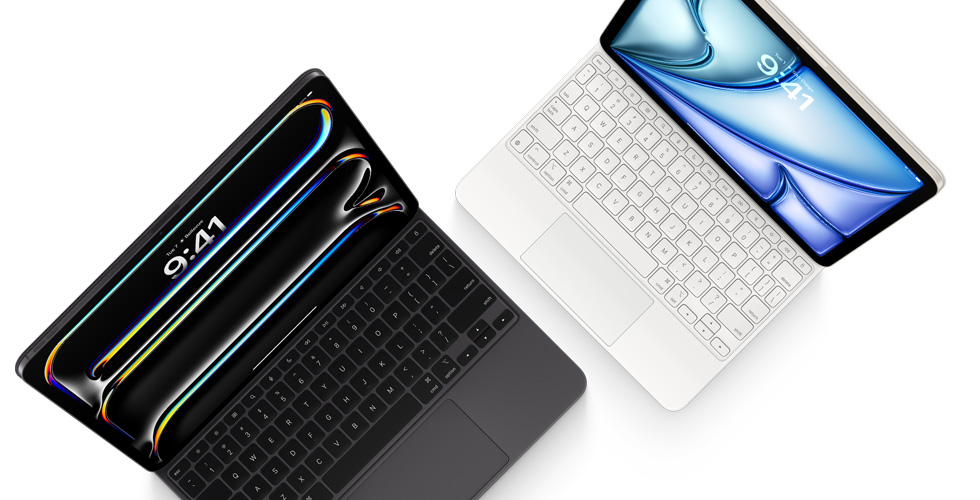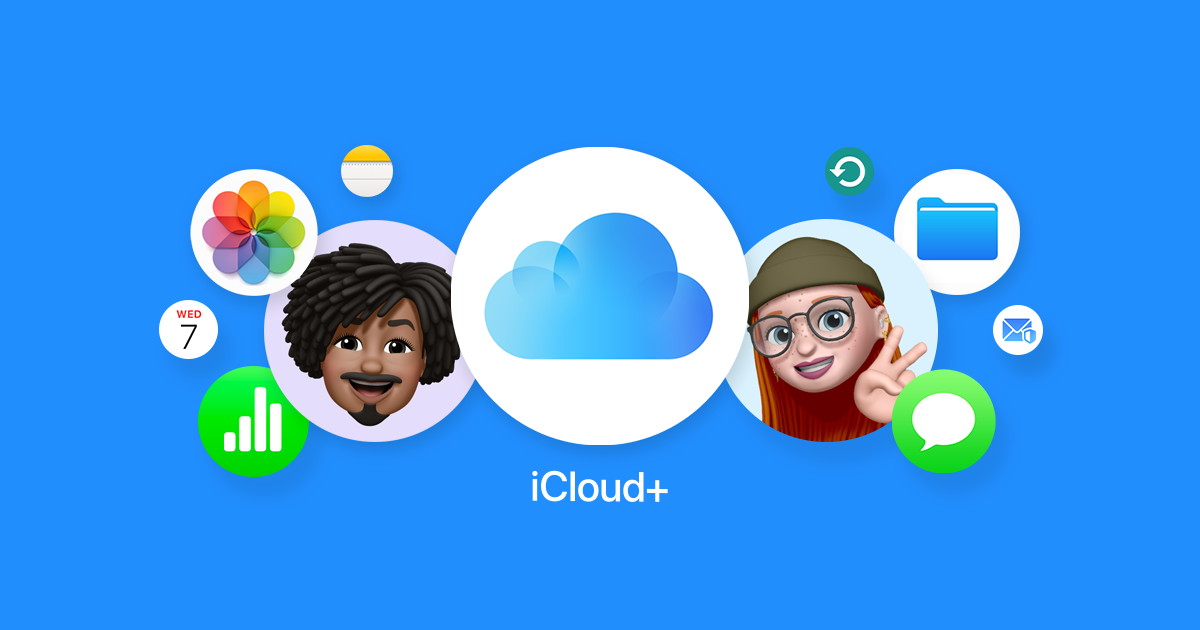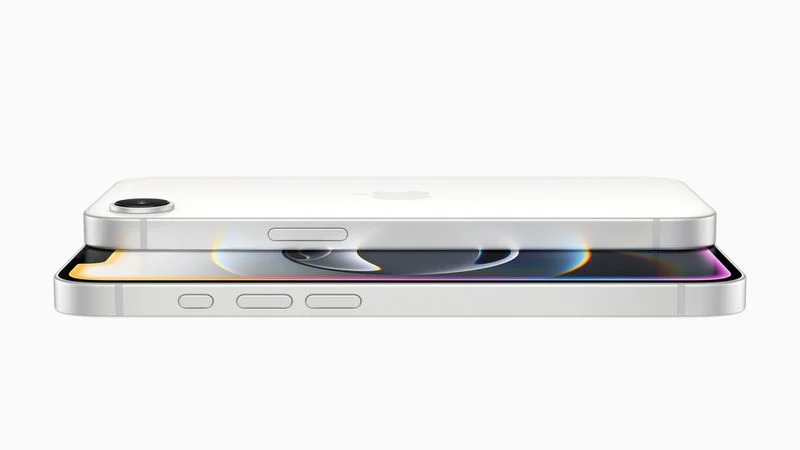Apple just released an updated version of its basic iPad, now powered by an A16 chip. Sadly, this new model still doesn’t support Apple Intelligence, the company’s latest AI feature. According to Apple’s official tech details, Apple Intelligence isn’t included on this entry-level iPad. This matches what we see with its specs—no AI capabilities here.
Back in January, Mark Gurman from Bloomberg predicted something different. He claimed the new basic iPads—labeled J481 and J482—would come with a faster A17 Pro chip, the same one in the iPad mini. He also said they’d jump from 4GB of memory to 8GB, enough to run Apple Intelligence. His guess? These upgrades would bring the AI features to the budget iPad.
Turns out that rumor didn’t pan out.
Instead, a private X account with a solid history of accurate leaks nailed it. They said the entry-level iPad would stick with the A16 chip—and they were right. No A17 Pro or extra memory boost happened. This leaves the basic iPad as the only one in Apple’s current lineup without Apple Intelligence. If you want those fancy AI tools, you’ll need an iPad Pro or iPad Air with an M1 chip or later, or the newest iPad mini with the A17 Pro chip. Those models have what it takes to run the feature.
For now, the entry-level iPad keeps things simple with the A16 chip. It’s a step up from the older A14, but it’s clear Apple’s holding back the big AI upgrade for this one. Fans hoping for more might feel a little let down, but the update still brings a bit of fresh power to the budget-friendly device.






